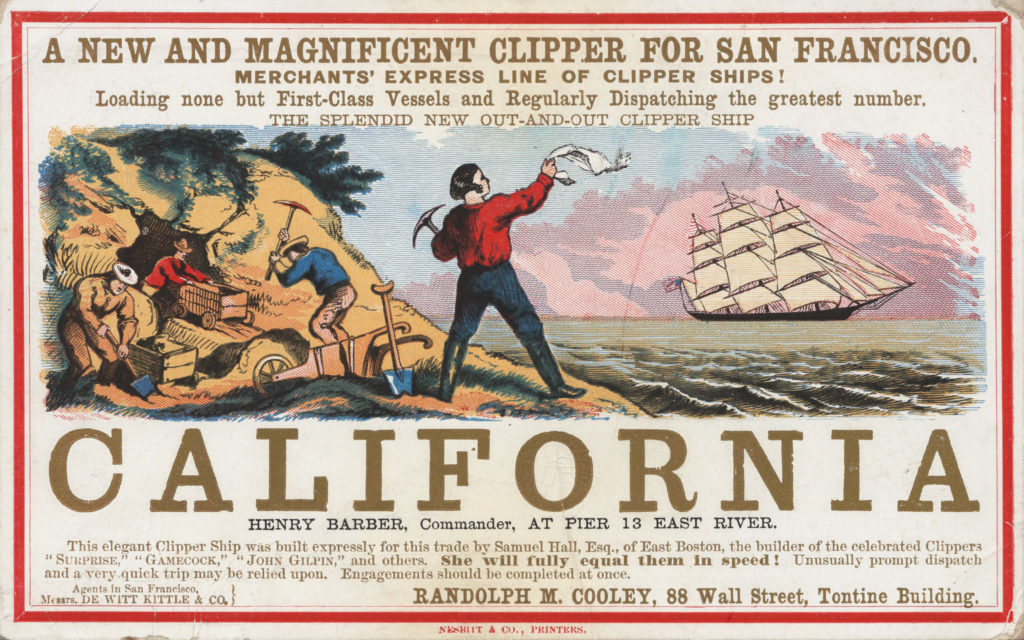Welcome back friends! Hope these blogs end up being helpful and not a bore. But there’s got to be some Willow types out there itching for the research side of things, right? This week might not prove my point though since it’s going to be less of a campfire story and more of a history lesson. As every red blooded American has had shoved down their throat since grade school: there was this thing called the gold rush. And that’s our focus this week because the gold rush plays an interesting part in the history of these mountains.
Most of our European ancestors actually came to this country long ago on some voyage to look for gold (when they weren’t looking for religious freedom). Jamestown, Virginia, our first town, was the result of a gold hunt and much farther down south, Cortez famously tore the native empires apart trying to find the fabled City of Gold. Little did he know all he would have to do is wait a couple hundred years for rumors to circulate that the largest cache of gold in North America was hiding somewhere up in these mountains.
Alright, time for some nerd shit (don’t tell Eve). You ready? Gold is actually thought to have been born during the collision of neutron stars and basically as old as the solar system, if not older. I’m sure this expensive star dust origin doesn’t dissuade the people who come to town claiming to see aliens in the sky, but scientifically speaking, stars are the result of some crazy nuclear reactions in the heart of stars, not unlike us. Pretty much all the gold that was here at the beginning probably sank right down and into the earth’s core. The flakes and motherlodes people still find today were brought here by asteroid impacts. Now, later we’ll talk more specifically about our fabled “mine” but you should know that the geography of the mountains suggests it’s likely a cache. Gold was present in this area, hence the Mammoth Mine which produced the ghost town of Goldfield. But the mountain itself would be hard pressed to produce as much gold as legend says.
So, the first deposit of gold in the United States was found in the late 18th century in Virginia. And just at the turn of the century on a farm in North Carolina, gold hysteria hit critical. Johanne Reidt found a 16 lbs gold nugget on his property and after being made aware of its value by a local jeweler, started a mining operation on his farm. Fast forward another forty years after Reidt died wealthy and the California Gold rush began in 1848. Jumping back in time again, gold mining in Arizona goes back to the late 18th century with the Spanish settlers setting up shop. But most of the miners answered the call of gold in California and left in the 1840s. Some notable mines that popped up in our area though were Mammoth Mine, Vulture Mine, and Oatman Mine. It’s all very Stand By Me.

Why was this important? Well the lust for gold is not only going to figure into some later blog posts. Obsession has been the fall of many in this wilderness, as we’ll see soon. How does this relate to Rose? Well where she was hiking and why could very well be related to some things I’ve got coming up on a local mine I haven’t mentioned yet…Clues for that will be coming up but what I can point out is Rose’s direction would likely be in tandem with Weaver’s Needle, which figures heavily in a very interesting local legend we’ve hinted at and will be diving into soon. This outcropping literally sticks out like a sore thumb and very likely was a focal point in Rose’s hike.
